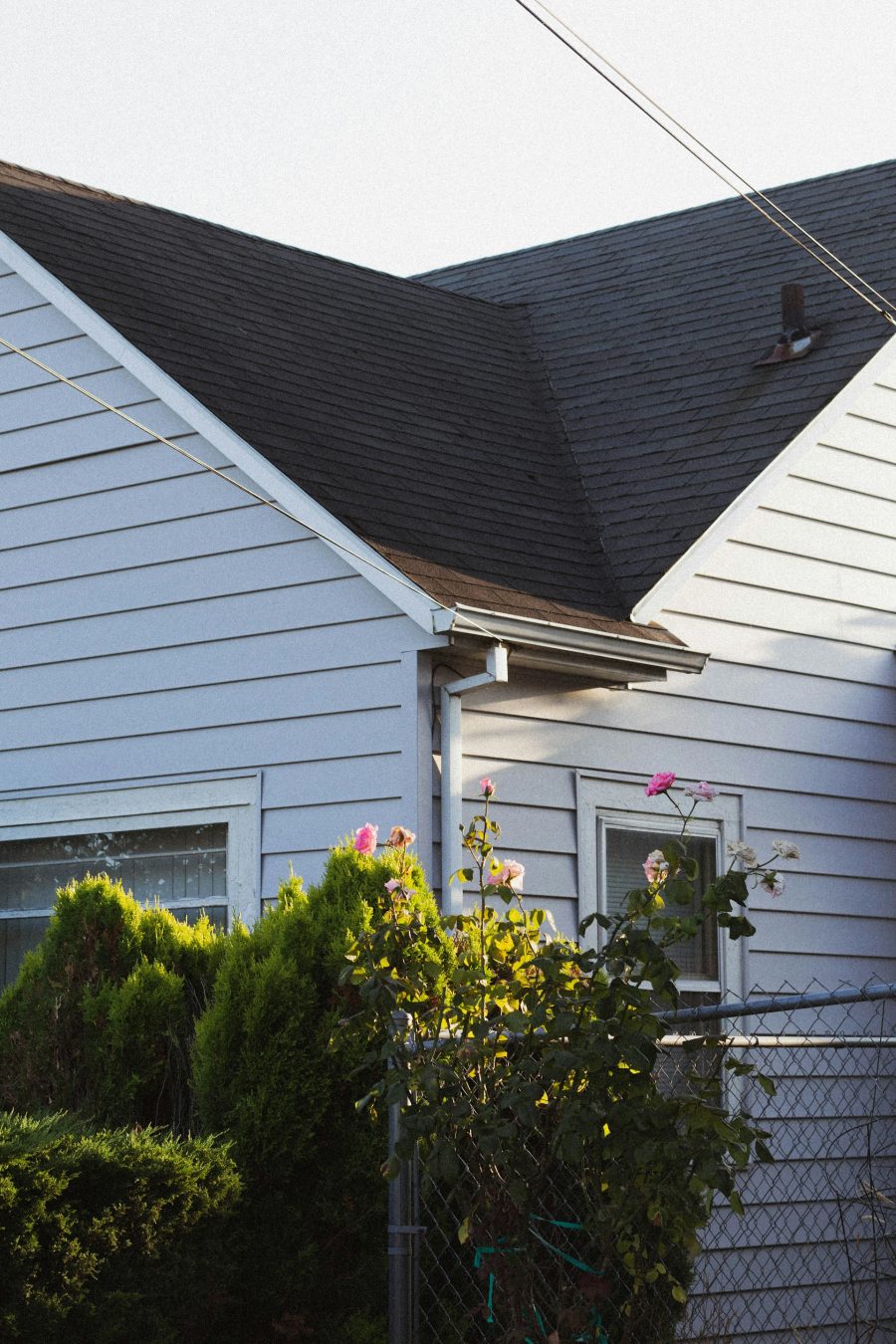How to Extend the Life of Your Roof With Proper Maintenance
Maintaining your mansion’s mantle might seem like a monumental task, but with the right routine, it’s remarkably manageable. You’ve likely invested a lot into your home, and it’s crucial to protect that investment by keeping your roof in tip-top shape.
From regular inspections to cleaning gutters and drains, removing moss and algae, to addressing repairs without delay, each step is a stitch in the fabric of your home’s health. But how can you ensure you’re not missing crucial upkeep steps that could extend your roof’s lifespan significantly?
Stick around to uncover professional tips that could save you time, money, and future frustration.
Regular Roof Inspections
Conducting regular roof inspections can significantly extend its lifespan, saving you money and hassle in the long run. You’ve got to get in the habit of checking your roof at least twice a year, ideally during the spring and fall. This timing allows you to catch and address any damage before extreme weather conditions can worsen it.
When you’re up there, you’re looking for several key things: missing, damaged, or curling shingles; signs of moss or algae; and any wear around vents, chimneys, or skylights. These inspections can seem daunting, but they’re crucial for catching minor issues before they turn into major, costly repairs.
Don’t forget to peek inside your attic too. Signs of water damage or leaks, like dark spots or trails and outside light showing through the roof, can give you early warnings of potential problems.
If you’re not comfortable doing the inspection yourself, or if you notice something amiss, it’s wise to call in a professional. They’ve got the expertise to spot less obvious issues and can offer solutions that’ll ensure your roof remains in top condition. Remember, being proactive now can save you a lot of trouble later.
Cleaning Gutters and Drains
After ensuring your roof is in good shape through inspections, it’s equally important to keep your gutters and drains clear to prevent water damage. Clogged gutters can lead to water overflow, which might damage your roof, siding, and foundation. It’s not just about removing leaves and debris; it’s about safeguarding your home’s structural integrity.
You’ll want to clean your gutters at least twice a year, typically in the spring and fall. If you’re surrounded by trees, you might need to do it more frequently. Use a sturdy ladder to reach your gutters, and consider wearing gloves to protect your hands. A gutter scoop or a small garden trowel is perfect for removing debris. Don’t forget to check the downspouts for blockages, which can often be cleared with a plumber’s snake.
Flushing the gutters with water from a hose after clearing the debris can help ensure that you’ve removed everything and that water can flow freely. While you’re up there, inspect the gutters for any signs of damage or wear. Loose sections or leaks should be repaired promptly to avoid bigger problems down the line. Remember, regular maintenance is key to extending the life of your roof and preventing costly repairs.
Removing Moss and Algae
Removing moss and algae from your roof is crucial, as these growths can trap moisture against the shingles, potentially leading to rot and damage. You’ll want to tackle this task with care to avoid harming your roofing materials. First off, avoid the temptation to use a power washer; its force can dislodge granules from the shingles, compromising their integrity.
Instead, opt for a gentler approach. You can mix a solution of 50% water and 50% bleach to kill the moss and algae. Apply this mixture with a garden sprayer, allowing it to sit for about 15-20 minutes. Don’t let it dry completely—rinse off the solution with a low-pressure hose to avoid damaging the shingles.
For a more eco-friendly option, consider using a mixture of water and white vinegar or applying a commercial moss remover designed for roofs. Whichever method you choose, make sure to protect your plants and lawn by covering them or watering them down before and after the application to dilute any runoff.
Regularly inspecting your roof for these growths and addressing them promptly can prolong the life of your roof, saving you money and hassle in the long run.
Repairing Damage Promptly
Addressing roof damage as soon as it’s spotted can prevent minor issues from escalating into costly repairs. It’s essential to keep an eye out for missing shingles, cracks, or any signs of wear and tear. If you’re comfortable on a ladder, you can perform a visual inspection from a safe distance. Look for shingles that are curling, buckling, or completely missing.
If you find damage, don’t wait to fix it. A small leak can quickly lead to water damage, mold, or structural issues if left unaddressed. For minor repairs, such as replacing a few shingles, you might feel confident doing it yourself. Make sure you’re equipped with the right tools and materials—roofing nails, a hammer, a pry bar, and matching shingles. Always prioritize your safety by wearing non-slip shoes and using a sturdy ladder.
For more significant damage, it’s wise to call in a professional. They can conduct a thorough inspection and repair damages that aren’t immediately obvious to the untrained eye. Remember, early intervention is key. By fixing problems promptly, you’re not just saving money; you’re extending the life of your roof.
Professional Maintenance Checks
You’ll significantly benefit from scheduling regular professional maintenance checks to keep your roof in top condition. These checks go beyond what you can see from the ground or with a quick ladder inspection. A professional roofer has the expertise to spot issues you might overlook, such as small leaks, missing shingles, or early signs of wear and tear that could lead to bigger problems if not addressed promptly.
During these inspections, a roofer will also check critical areas like flashing around chimneys, vents, and skylights, as these are common sites for leaks. They’ll ensure your gutter system is clean and functioning properly, as clogged or damaged gutters can lead to water backing up and damaging your roof or home’s foundation.
Moreover, they can give you an accurate assessment of your roof’s life expectancy and suggest maintenance or repairs that can extend it. This preventive approach can save you money in the long run by avoiding costly emergency repairs and extending the life of your roof.
Share It on :





